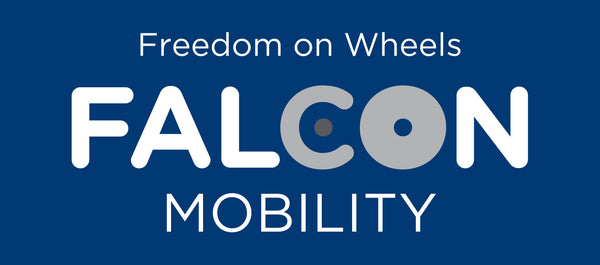
Falls and slips are some of the primary reasons that send people aged 65 years and over to the hospital. In those situations, using a walking stick might help them avoid falling over by providing additional stability and support when walking. Walking sticks also enable individuals recovering from an illness or injury to be able to move around independently.
Despite their usefulness, there are many types of walking sticks and choosing the right one is not as straightforward as you think. There are a couple of elements to consider, such as the height and type of handles. Additionally, there are “techniques” when it comes to using them, as the wrong way of using them can only lead to an increased risk of falling over, pain, and instability.
Selecting the best-suited walking stick
In order to match the right walking stick, you need to understand your needs and how you will use it. Your first step would be to seek professional advice from your doctor or physical therapist. They will be able to provide better insights into the best type of walking stick suited for your recovery needs.
Here are some types of walking sticks available in the market.
- T handle: It is a straight-style walking stick that comes with a handle parallel to the ground. The handle sometimes comes with a slight contour for better grip and fit.
- Palm grip: The walking stick comes with a flat handle design that helps to spread out the pressure evenly across the palm, making it highly suitable for individuals with a poor grip or arthritis.
- Portable walking stick: Its design is similar to the T-handle walking stick. The only difference is that it is foldable, making it easy to transport them securely and safely.
- Crook handle: It is the standard type of walking stick that features a curved handle.
- Swan neck: Instead of the typical straight-style walking stick, it features a bend or curve below the handle, allowing for better weight distribution for increased stability.
- Quad base: Unlike the rest of the walking sticks listed above, it features four feet for improved support and stability, allowing it to stand on its own when not in use. However, it can be rather hard to use.
Using a walking stick
Using a walking stick is not just as simple as buying one and using it straight away. There are a couple of factors to observe before and while using it.
1. Adjust it to the correct height
Unless your walking stick is custom-made to fit you, you will have to adjust its height before using it. To do so, first, you need to wear the shoes you walk in normally. Then, holding on to your walking stick, place it approximately 20cm away from your side. Ensure that your arms are dropped down naturally by your sides, bending them slightly and naturally at the elbow.
When using your walking stick, you should always maintain a slight bend at your arm with your shoulders relaxed and back straight up. Adjust the height of your walking stick accordingly.
2. Use your stronger side
Always hold it on the other side of your weakest leg when using your walking stick. Many people make the mistake of positioning their walking stick on their affected or weaker side. As a result, they lean more on their affected side when walking.
Using your stronger side helps you to maintain your regular walking pattern, which is swinging your opposite arm to the leg and stepping forward, allowing you to balance better by supporting your weaker side.
3. Practise walking with the correct technique
The end of your walking stick should not extend beyond your natural step. When using your walking stick, pick it up while stepping forward with your affected side. Using a quad-base walking stick is slightly more complicated. You will need to make three separate movements:
- Extend your walking stick till an arm’s length away from you, ensuring that all four legs touch the ground completely.
- Lean your weight onto the handle to boost stability, stepping forward first with your weaker side.
- Step forward with your other side.
4. Ascending and descending stairs
The best way is to avoid taking the stairs. However, if you are not able to, here are some tips to ascend and descend them safely.
When you climb up the stairs, always climb up first with your stronger side. Once your weight is well-supported with your stronger side, you can step forward with your weaker side, and the walking stick together towards the same step.
When you climb down the stairs, you do the opposite, stepping forward with your walking stick and affected side followed by your stronger side.
Conclusion
When using walking sticks, avoid carrying heavy objects on your hands, as they can throw your balance off. If you really need to carry heavy objects, then use a backpack or a cross-body bag to carry them or get some help from your caregivers or loved ones.
Falcon Mobility carries an extensive range of walking sticks and other personal mobility aids, including rollators and mobility scooters. Contact us today to get the right one for your needs!

